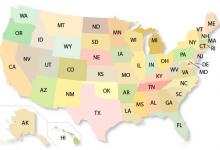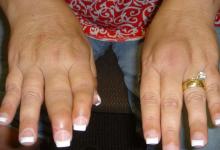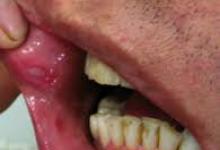Two Year Guselkumab Benefits in Psoriatic Arthritis Save

Patients enrolled in one of the pivotal trials of guselkumab (Tremfya) as therapy for psoriatic arthritis (PsA) and followed for 100 weeks continued to show significantly reduced symptoms relative to pretreatment baseline, researchers said.
ACR70 responses, indicating a 70% decrease in symptom severity by American College of Rheumatology criteria, were still seen in 34% to 39% of participants at 100 weeks, depending on the dosage, reported Iain McInnes, PhD, of the University of Glasgow in Scotland, and colleagues in Arthritis & Rheumatology.
In contrast, ACR70 response rates stood at just 14% to 19% at week 24, when the placebo-controlled phase ended.
Similar increases in guselkumab's efficacy over time were seen for less stringent response criteria including ACR50 and ACR20 (50% and 20% decreases in symptom severity, respectively) and for specific symptom types such as enthesitis, dactylitis, and psoriatic skin clearance.
And when the investigators imputed data for patients choosing not to participate in the extension -- about 10% of the 739 original participants, who were then considered to be nonresponders -- efficacy rates were only slightly diminished. For example, ACR70 responses were achieved by 30% to 36% with the imputation.
McInnes and colleagues said they found no new safety signals for guselkumab during the extension.
Overall, the drug "provided durable improvements" in PsA symptoms in this long-term study, the group stated.
Guselkumab is one of several biologic agents targeting interleukin-23 that are now available for plaque psoriasis and/or PsA. It received FDA approval for the PsA indication in 2020, following an initial OK for psoriasis in 2017. (Just about every drug showing efficacy in rheumatoid arthritis or psoriasis ends up tested in PsA as well.)
Two pivotal studies underpinned guselkumab's PsA indication, dubbed DISCOVER-1 and DISCOVER-2, both of which randomized patients to either the active drug or placebo for 24 weeks. The current analysis focused on the latter, in which patients in the placebo group were then invited to switch over to guselkumab and all participants stayed on the drug for an additional 76 weeks.
Two doses were tested in the randomized phase, 100 mg every 4 or 8 weeks (the latter starting at week 12, after getting doses at weeks 0 and 4). These were maintained in the open-label extension, while all patients in the placebo group went on guselkumab at 100 mg every 4 weeks.
Response rates at week 100 (with nonresponder imputation for dropouts) were as follows, with the more frequent dosing generally associated with the higher numbers:
- ACR20: 68% to 76%
- ACR50: 48% to 56%
- ACR70: 30% to 36%
- Enthesitis resolution: 62% to 70%
- Dactylitis resolution: 72% to 83%
- Investigator's Global Assessment score of 0: 55% to 67%
Radiographic progression did continue, however, with mean increases in Sharp/van der Heijde scores (a common measure of joint pathology) of 0.13 to 0.75 from week 52 onward. But this was lower than that seen in the placebo group during the randomized phase.
With regard to safety, 8% of treated patients experienced a severe adverse event, and 3% had serious infections. Only one death was recorded, and that was due to a traffic accident.









If you are a health practitioner, you may Login/Register to comment.
Due to the nature of these comment forums, only health practitioners are allowed to comment at this time.